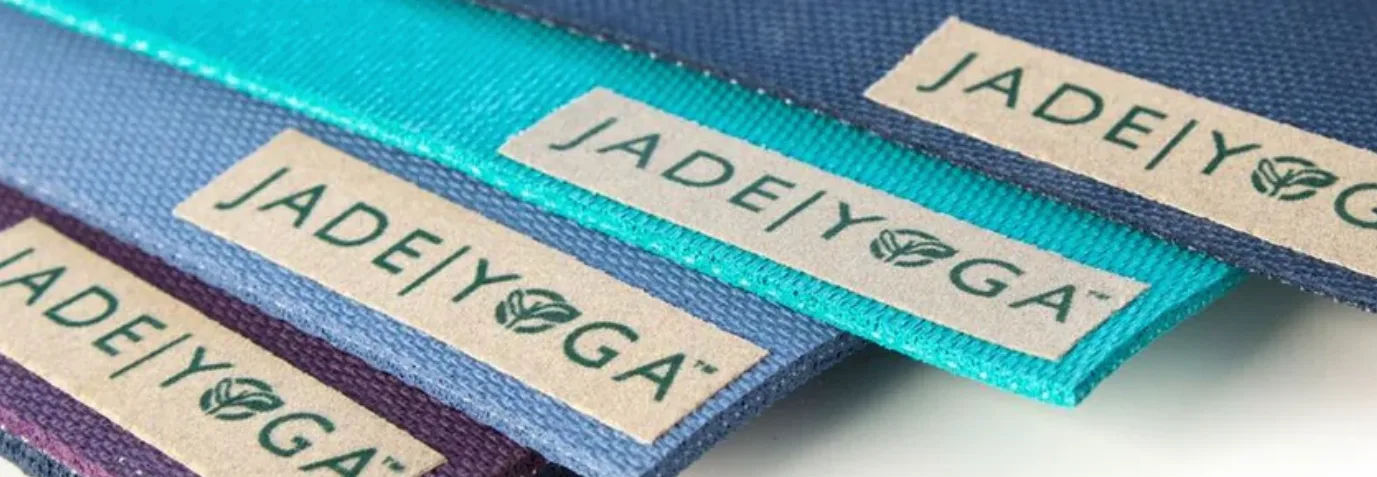Consumers Best Verdict: Jade Yoga Highlights
Jade Yoga built its reputation on eco-forward materials, made-in-USA quality, and a mat that doesn’t slip when classes heat up. The Harmony line in particular finds a sweet spot between cushioning and control—supportive on joints, steady under load, and durable enough for steady practice. There are trade-offs (a light rubber smell at first, a bit more maintenance), but for most yogis craving serious traction, Jade just… delivers.
If you care most about grip and a grounded feel, Jade Yoga still leads the pack in 2025. The brand’s natural rubber surface (think: open-cell traction that actually works when you sweat) makes balancing feel simple and stable. It’s not the lightest or the cheapest, but the performance-to-price value lands strong, especially if you’re leaning toward the jade yoga harmony mat as your daily driver. In my experience, once you try that tacky, confident hold, it’s tough to go back.
In-Depth Look: Jade Yoga Features & Considerations
Core Features & Consumer Benefits
Here’s what stood out after repeated classes—slow flows, power sessions, and yes, a couple of sweaty studios for good measure.
Grip that shows up when you do
The open‑cell natural rubber keeps hands and feet planted, so you focus on breath and alignment—not sliding.
Cushioning without wobble
The Harmony thickness hits that sweet middle ground—kind to wrists and knees while staying stable for balances.
Eco-minded materials
Natural rubber, no PVC—plus Jade plants a tree for every mat sold. It’s a small, feel-good nudge every time you roll it out.
Lays flat, stays put
The mat unrolls cleanly, resists edge curl, and grips the floor so transitions feel smooth and secure.
Sizes and colors for real life
Multiple lengths and a wide color range make it simple to dial in your fit and style—nice touch if you’re in studio often.
Important Considerations & Potential Downsides
- Initial rubber smell
It’s natural and fades, but the first week can be noticeable. Air it out and avoid strong cleaners.
- Sweat absorption
That great open‑cell grip can hold moisture; you’ll want a towel for hot classes and a regular clean routine.
- Heavier than foam/TPE
The Harmony carries a bit of heft; commuters might prefer a lighter travel mat.
- Sun and latex cautions
Natural rubber degrades with UV exposure, and it’s not suitable if you have a latex sensitivity.

Who Is the Jade Yoga Best For?
Grip-first practitioners
You want that locked-in feel for vinyasa, power, and balance-heavy flows.
Daily studio-goers
Durable build and reliable traction for frequent practice without babying your mat.
Eco-conscious yogis
Natural rubber and tree-planting ethos that align with your values.
Alignment seekers
Stable platform that doesn’t squish out under pressure, so form stays crisp.
Intermediate to advanced users
If you’re pushing into arm balances or longer holds, the grip-to-support ratio shines.
Who Might Want to Explore Other Options?
- Hot yoga purists
Prefer a closed‑cell surface that won’t absorb sweat? Consider a mat designed specifically for hot studios.
- Ultra‑light commuters
If you’re trekking across town daily, a thinner travel mat may be easier on the shoulder.
- Latex‑sensitive users
Natural rubber can contain latex proteins—opt for latex‑free materials instead.
- Outdoor practitioners
Frequent sun exposure ages rubber faster; look for UV‑resistant alternatives.











